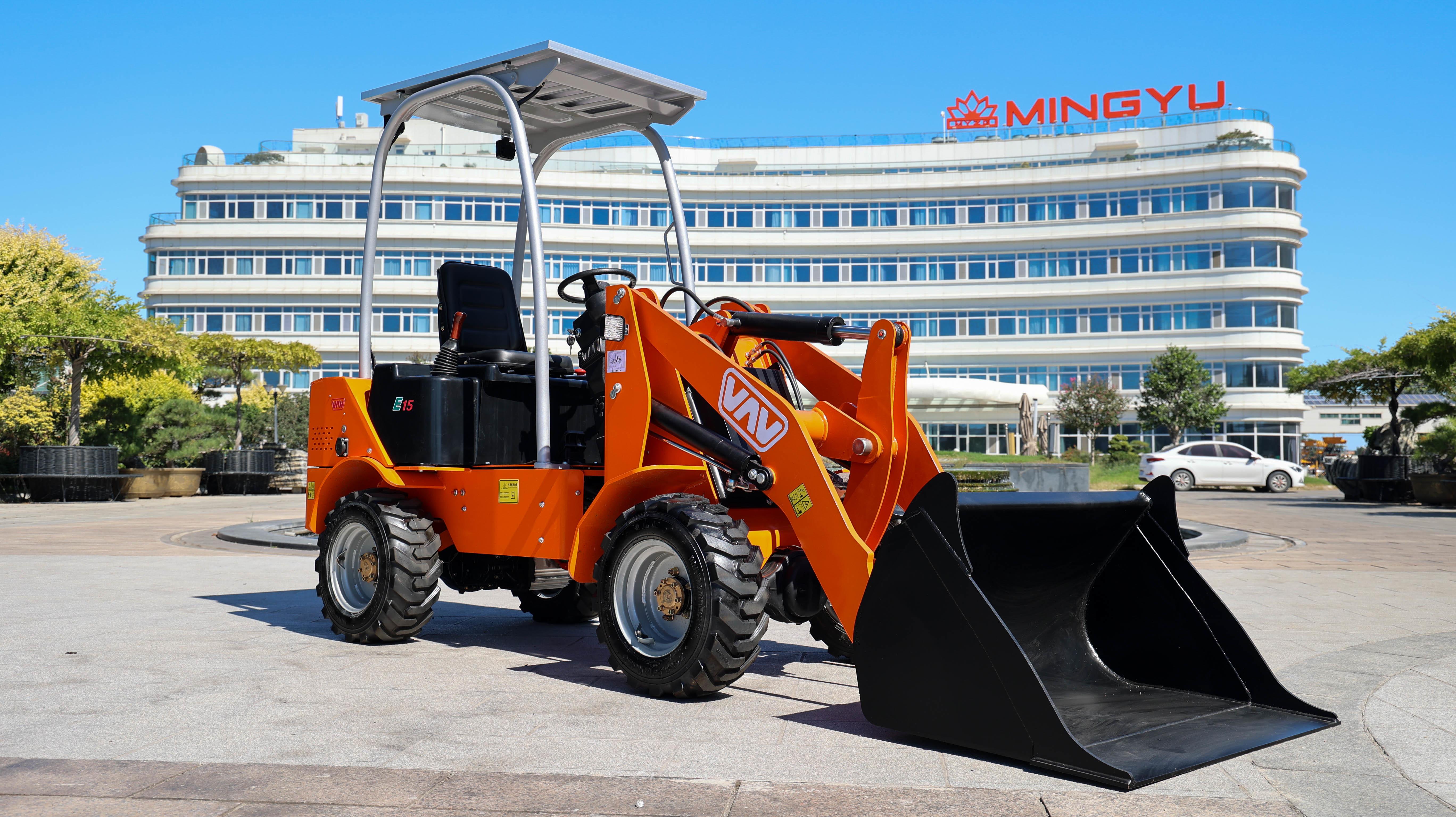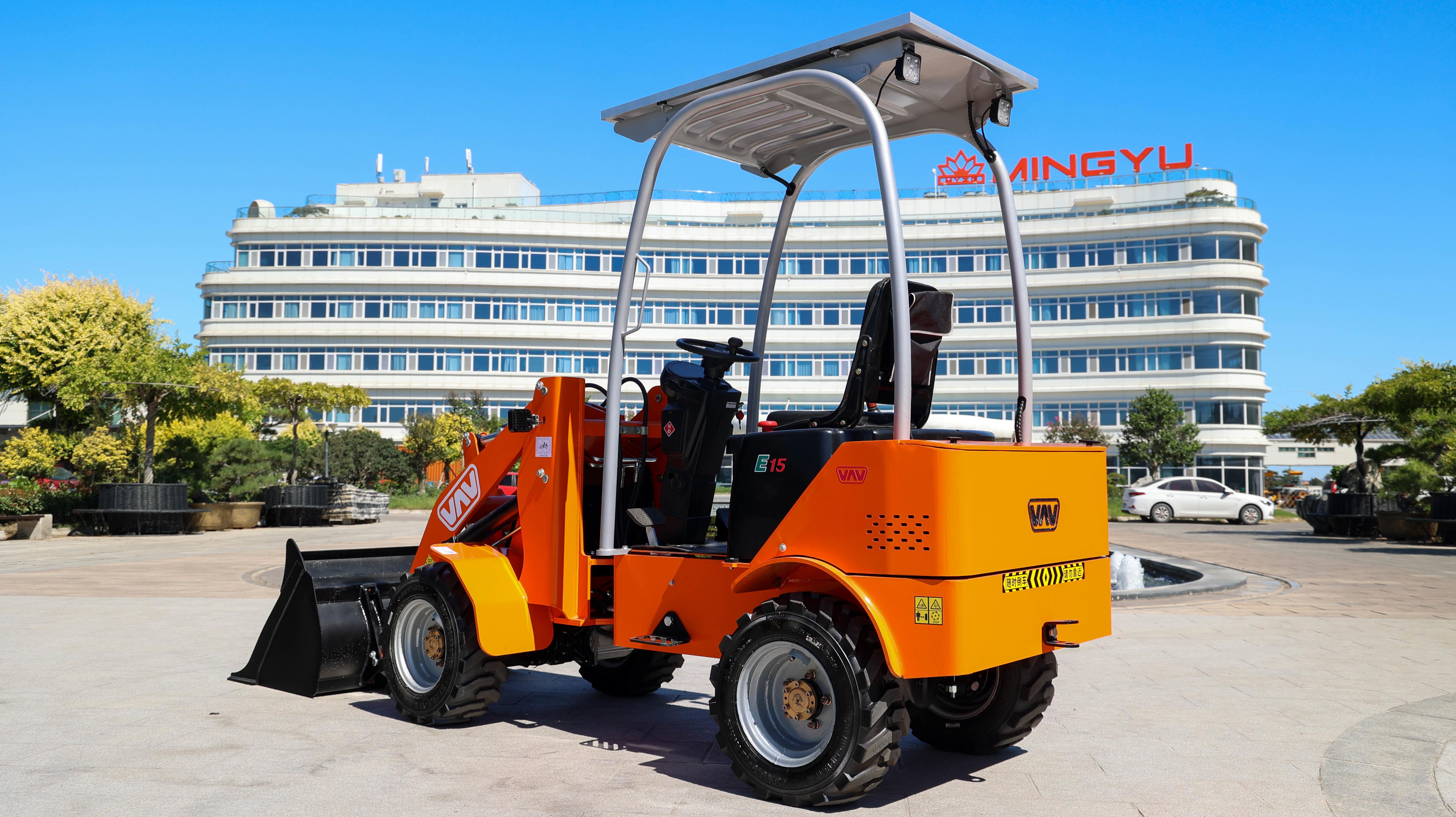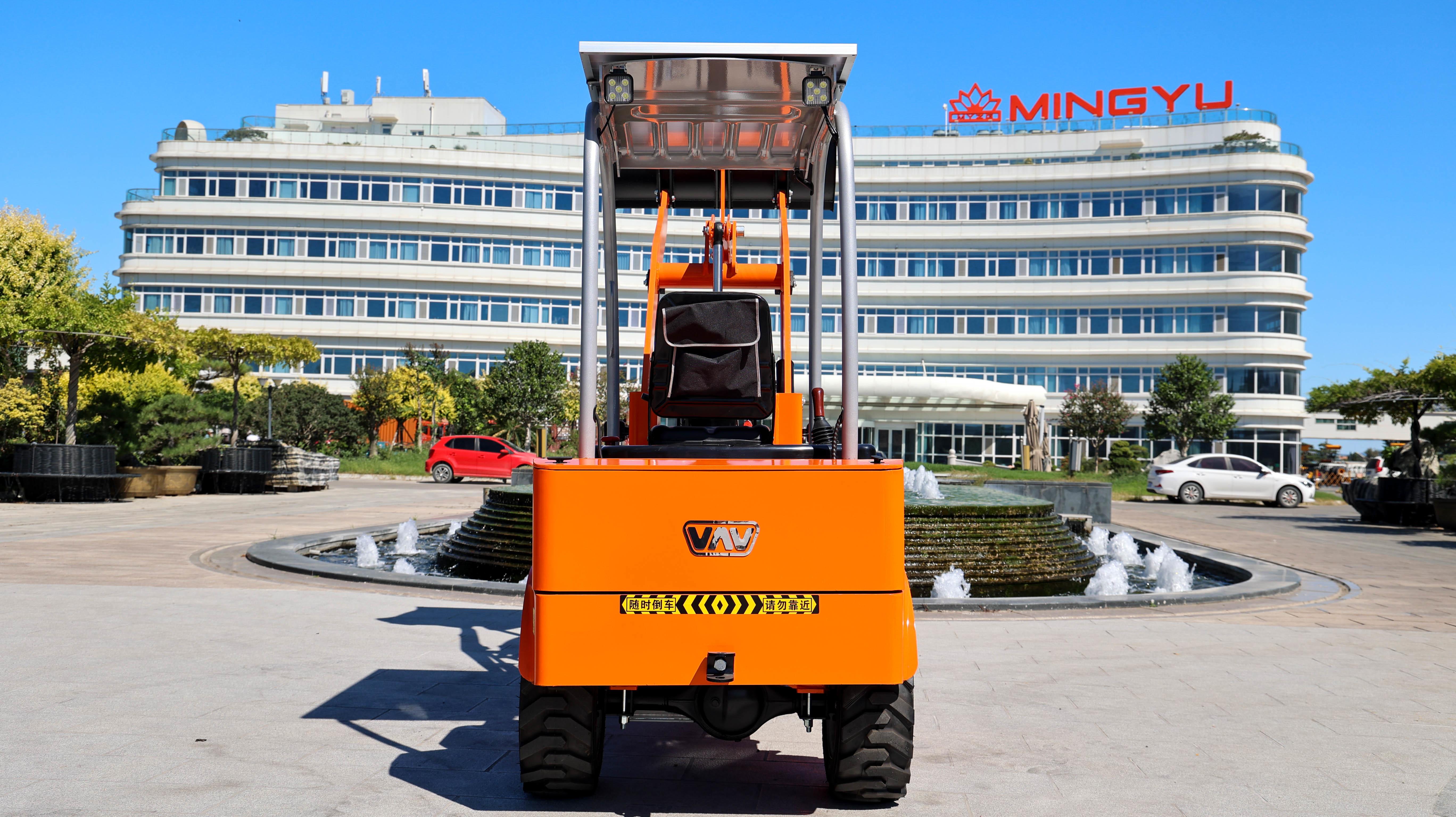How to Operate a Wheel Loader Safely
1. Introduction
Wheel loaders are powerful and versatile machines used in various industries, including construction, mining, agriculture, and landscaping. From moving gravel to lifting pallets, these machines play a critical role in improving productivity. However, due to their size, weight, and moving parts, wheel loaders can be hazardous if not handled properly. Each year, many accidents result from improper operation, lack of training, or neglected maintenance. That’s why safety must always come first. This guide offers essential steps and best practices to help operators use wheel loaders safely and effectively.
2. Pre-Operation Safety Checks
Before starting a wheel loader, it’s crucial to perform a thorough inspection to ensure the equipment is in safe working condition.
Daily Inspection Checklist: Check the tires for wear and proper inflation, inspect lights, mirrors, horn, and brakes. Confirm that all controls and indicators are working.
Fluid Levels: Verify engine oil, hydraulic fluid, fuel, and coolant levels.
Look for Leaks or Damage: Examine under the loader for oil or fluid leaks. Look for cracked hoses or loose bolts.
Review Documentation: Always read the operator’s manual and verify that all scheduled maintenance is up to date.
3. Getting Started: Cab and Controls Familiarization
Safe operation begins with properly entering and setting up the cab:
3-Point Contact Rule: Always use both hands and one foot or both feet and one hand when climbing in or out.
Adjust Settings: Set the seat for comfort and adjust mirrors for visibility. Fasten the seatbelt.
Understand Controls: Familiarize yourself with the layout of the dashboard, levers, pedals, and warning lights.
Start-up Procedure: Turn the key or press the start button while checking for abnormal sounds or alerts.
4. Operating the Wheel Loader
Once the machine is running, follow proper operating techniques:
Basic Movements: Use the accelerator and steering carefully. Drive smoothly and avoid abrupt movements.
Bucket Operation: Learn how to raise, lower, tilt, and level the bucket properly. Always keep loads low while traveling.
Loading and Dumping: Approach the pile straight, scoop with a leveled bucket, and back away carefully. When dumping, ensure the surface is stable.
Control Speed: Don’t rush. Always match your speed to the working environment and load weight.
5. Safe Maneuvering Practices
Moving a wheel loader safely takes awareness and control:
Maintain Visibility: Always keep the area in front clear. Back up with caution, and use backup cameras or spotters if needed.
Use Spotters in Blind Zones: When visibility is limited, a trained spotter can prevent accidents.
Slope Navigation: Drive straight up or down slopes. Avoid turning on inclines.
Avoid Hazards: Stay clear of ditches, drop-offs, and unstable ground. Never drive too close to edges.
Don’t Turn with Raised Loads: This increases the risk of tipping.
6. Safety Around Others
A responsible operator ensures the safety of everyone nearby:
Communication: Use radios or hand signals. Make eye contact with co-workers before moving.
Warning Systems: Sound the horn when entering intersections or reversing. Use flashing lights in busy areas.
Stay Alert: Watch out for people on foot, especially in tight spaces.
Avoid Distractions: Never use mobile phones or engage in unnecessary conversations while operating.
7. Parking and Shutdown Procedures
When the job is done, proper shutdown procedures reduce future hazards:
Choose a Safe Spot: Park on a level surface, away from foot traffic or machinery routes.
Lower the Bucket: Always place the bucket flat on the ground.
Apply the Parking Brake: Prevent accidental movement by engaging the brake fully.
Turn Off the Engine: Shut down following the manufacturer's instructions. Remove the key when done.
Lock the Cab: Secure the machine if it will be left unattended.
8. Common Mistakes to Avoid
Even experienced operators can make errors. Stay aware of these common safety lapses:
Skipping inspections or maintenance
Driving too fast in tight or uneven areas
Using the loader for unintended tasks
Failing to use seatbelts
Not using communication protocols in shared work zones
9. Operator Training and Certification
No one should operate a wheel loader without proper training:
Training Programs: Enroll in a certified course that includes theory and hands-on training.
Legal Requirements: Some regions require specific licenses or certifications.
Refresher Courses: Stay current with annual safety updates and retraining.
On-Site Training: Learn site-specific procedures and emergency protocols.
10. Final Thoughts and Best Practices
Operating a wheel loader is a serious responsibility. By following safety protocols, inspecting the equipment, communicating effectively, and receiving proper training, you help protect yourself and everyone around you. Safety should never be an afterthought—it’s the key to a successful and productive operation.
Post time:Jun.20.2025



